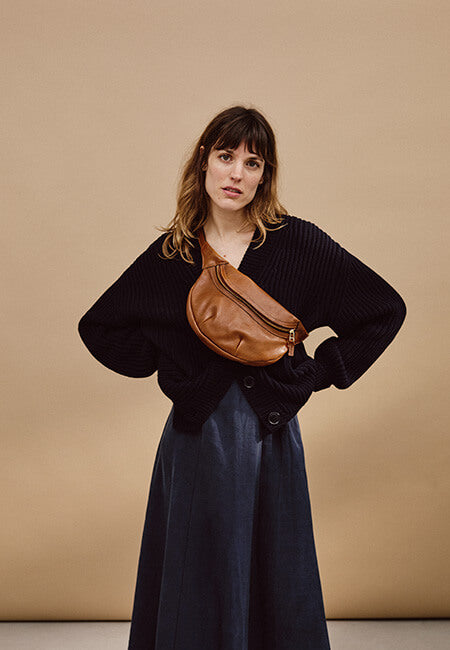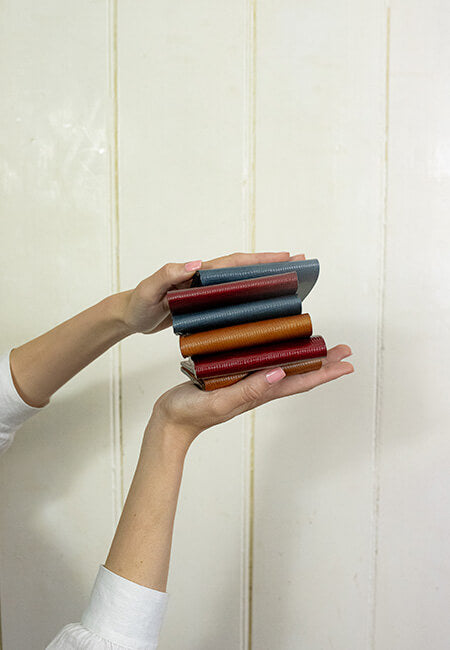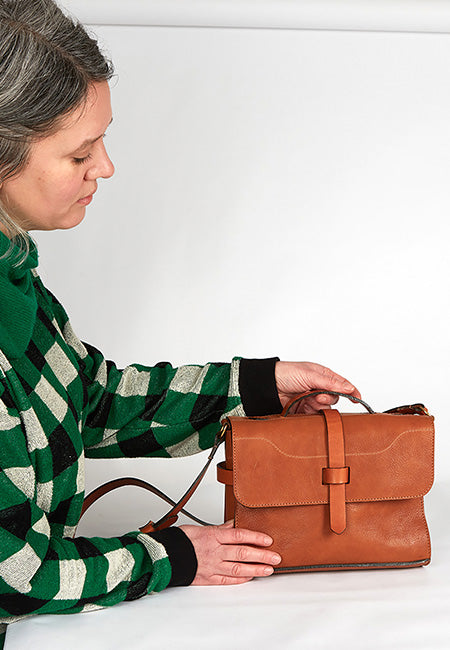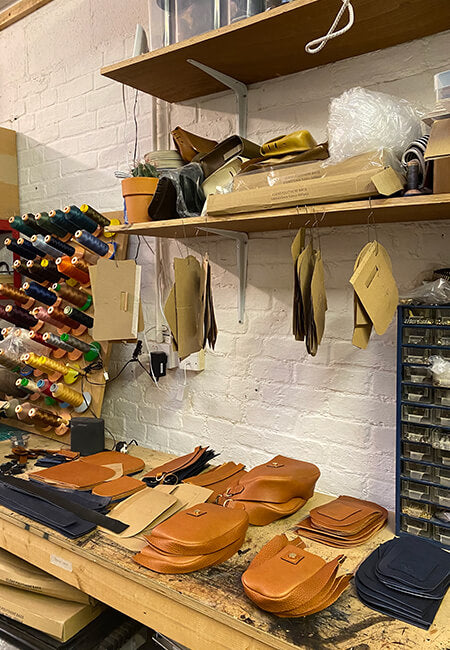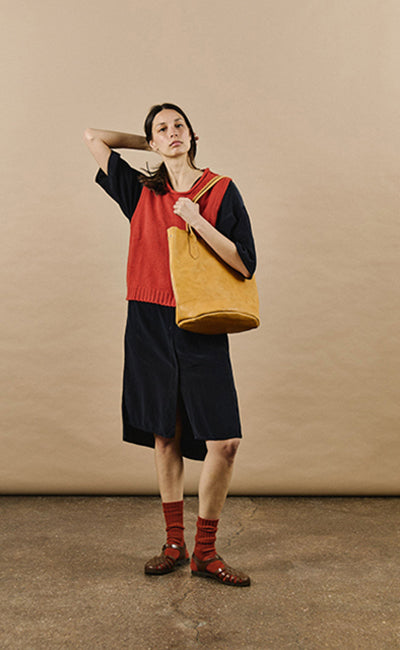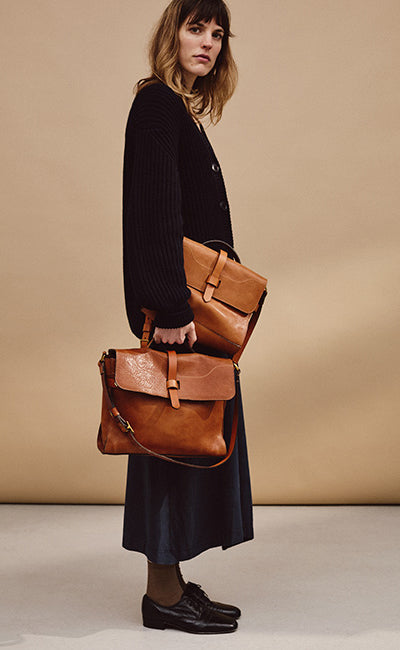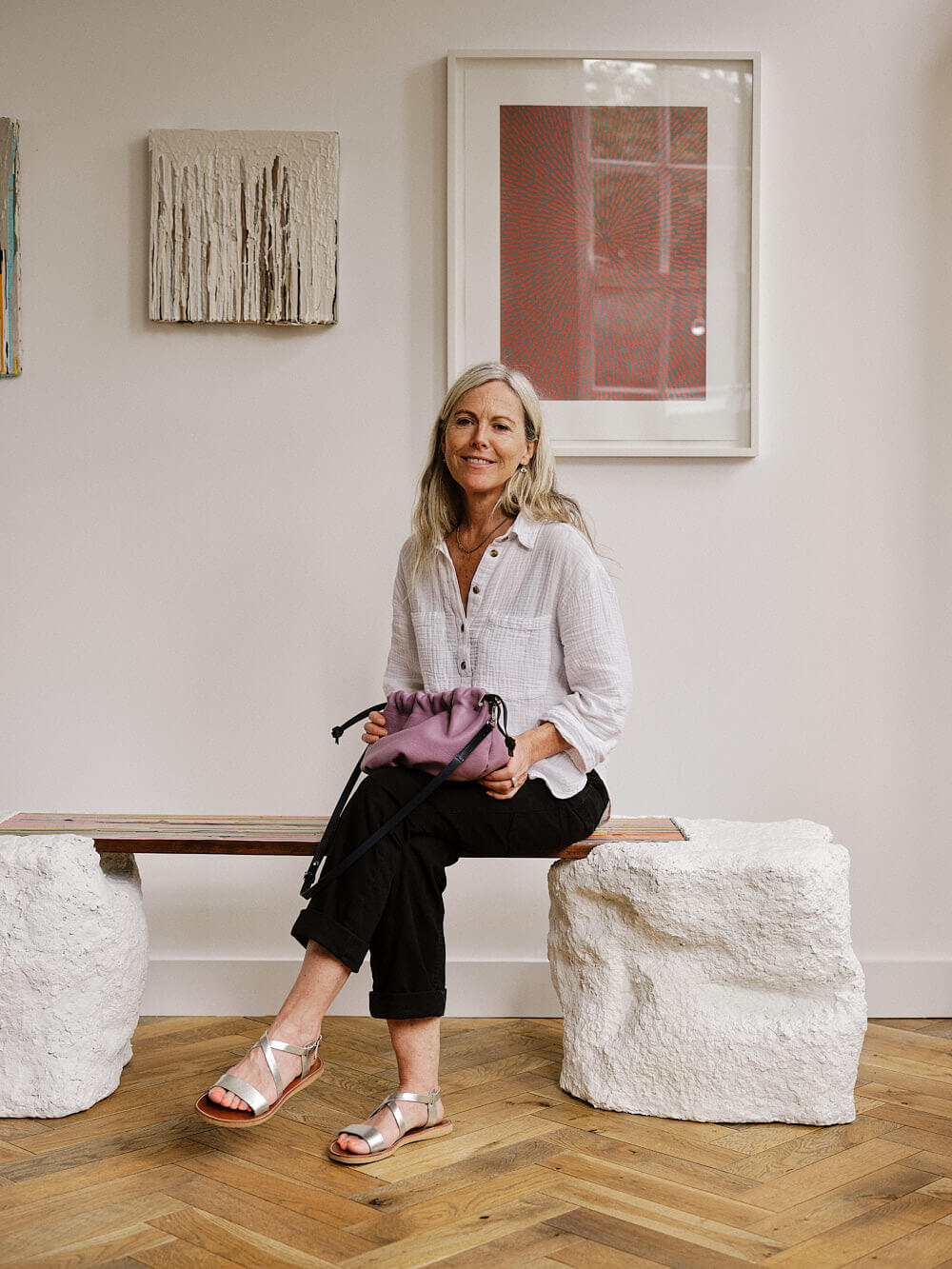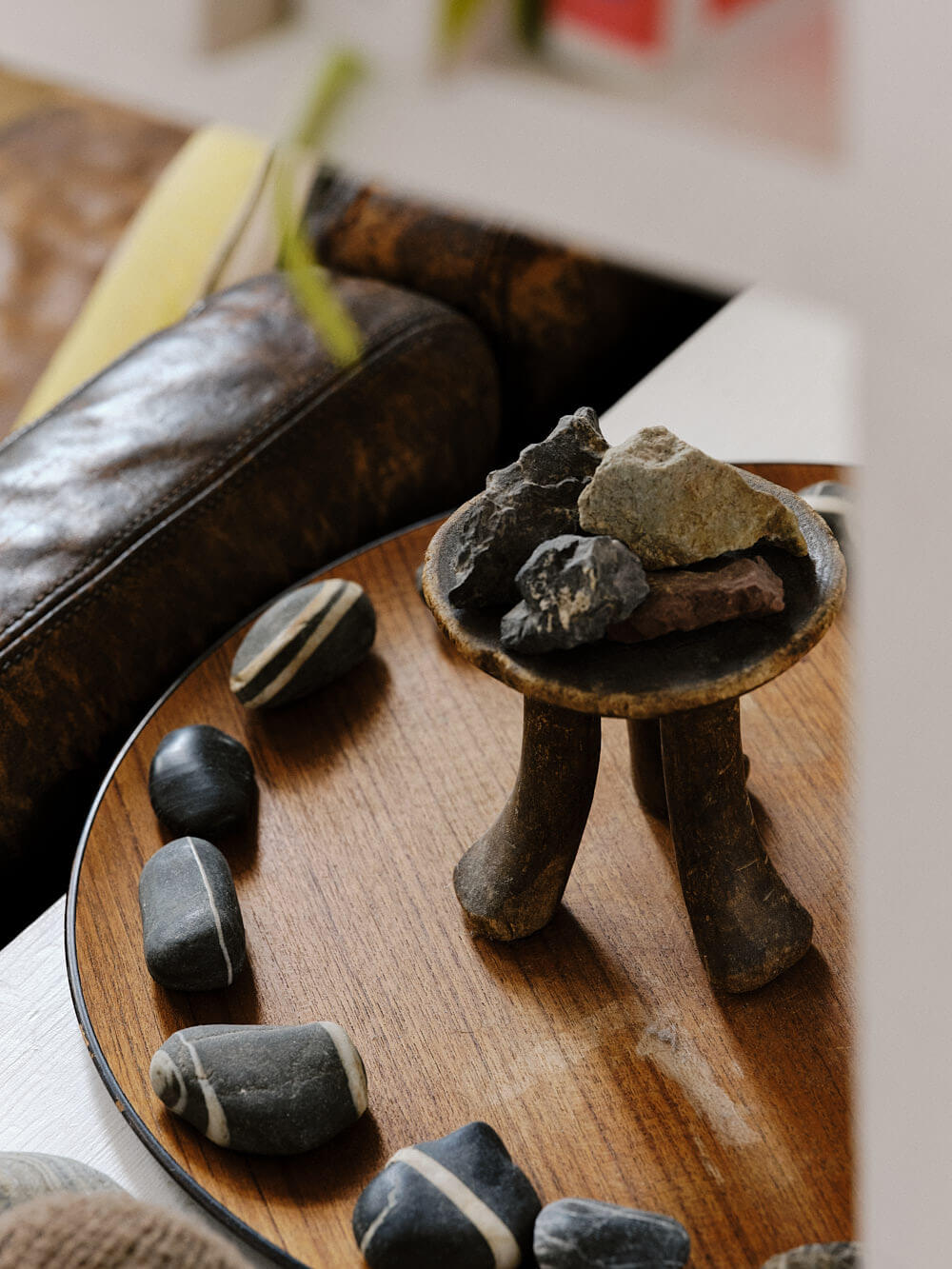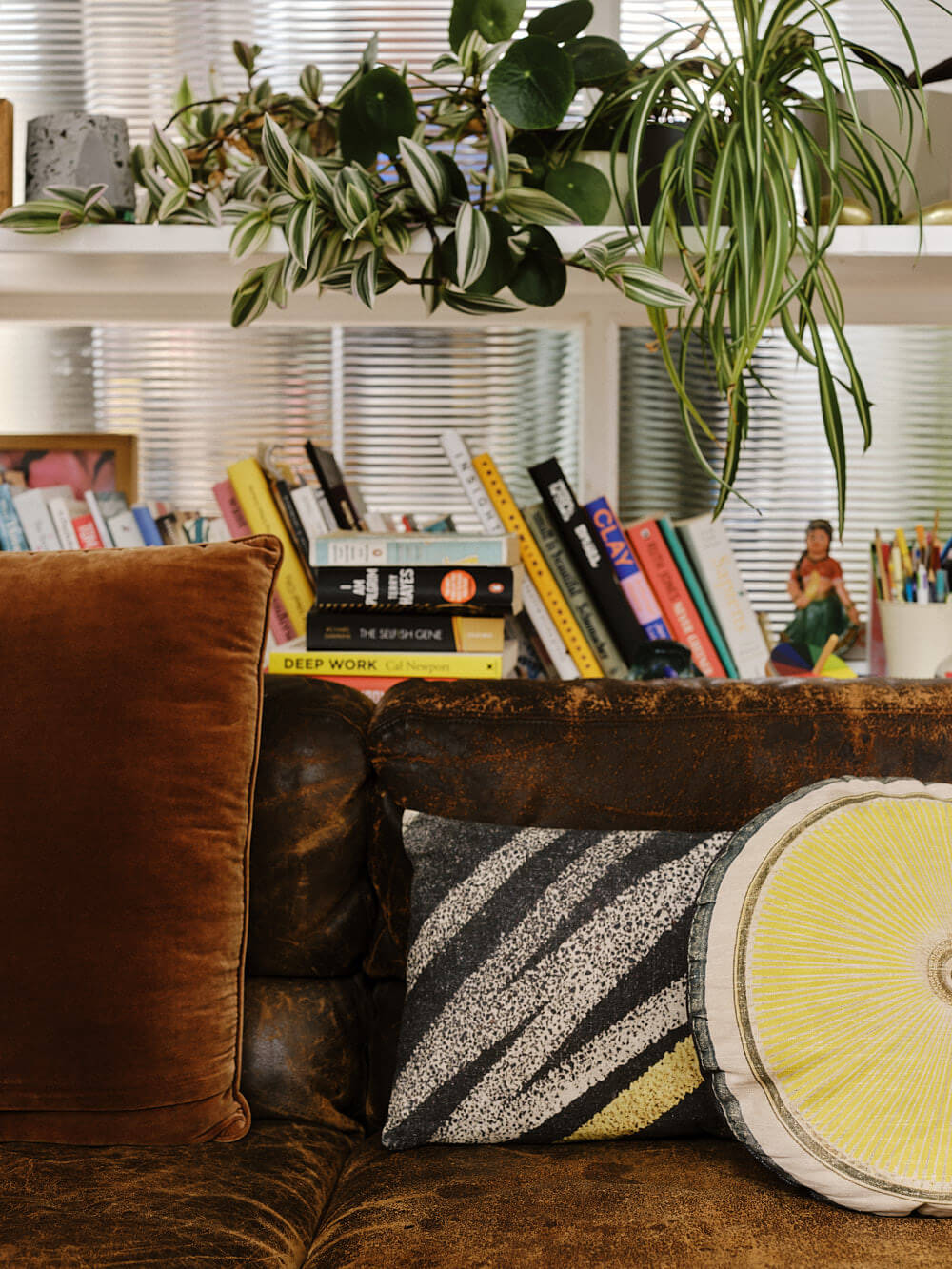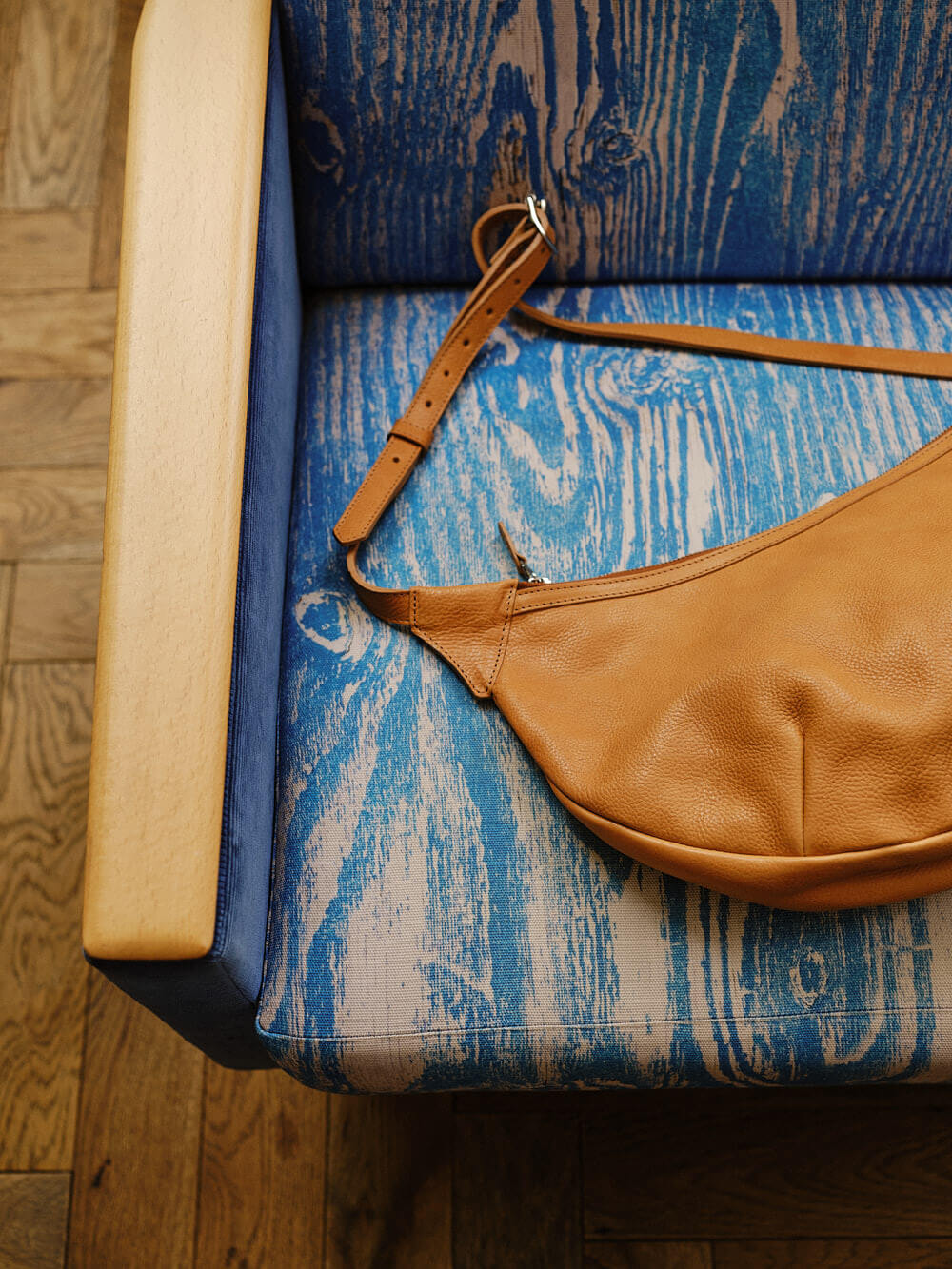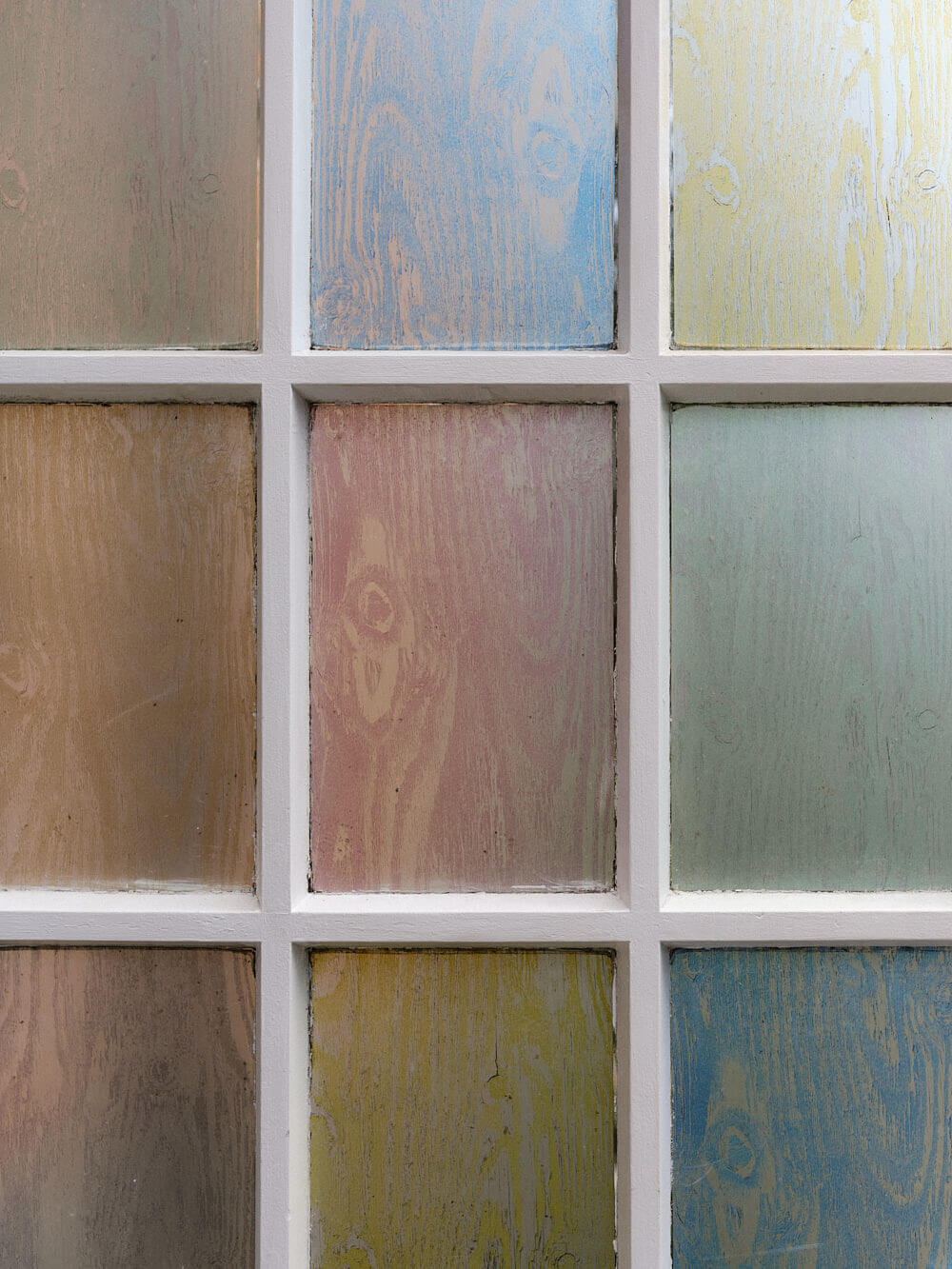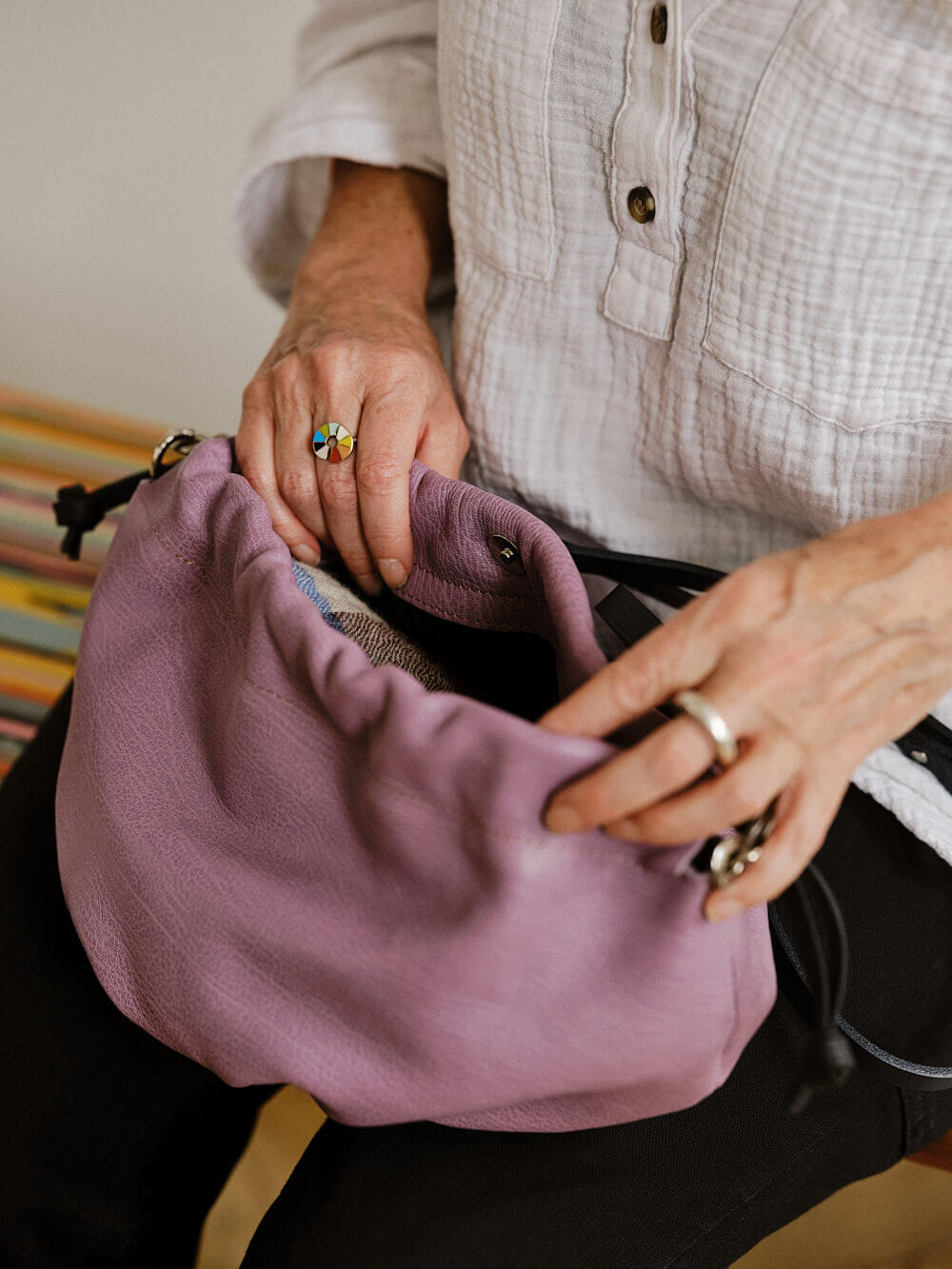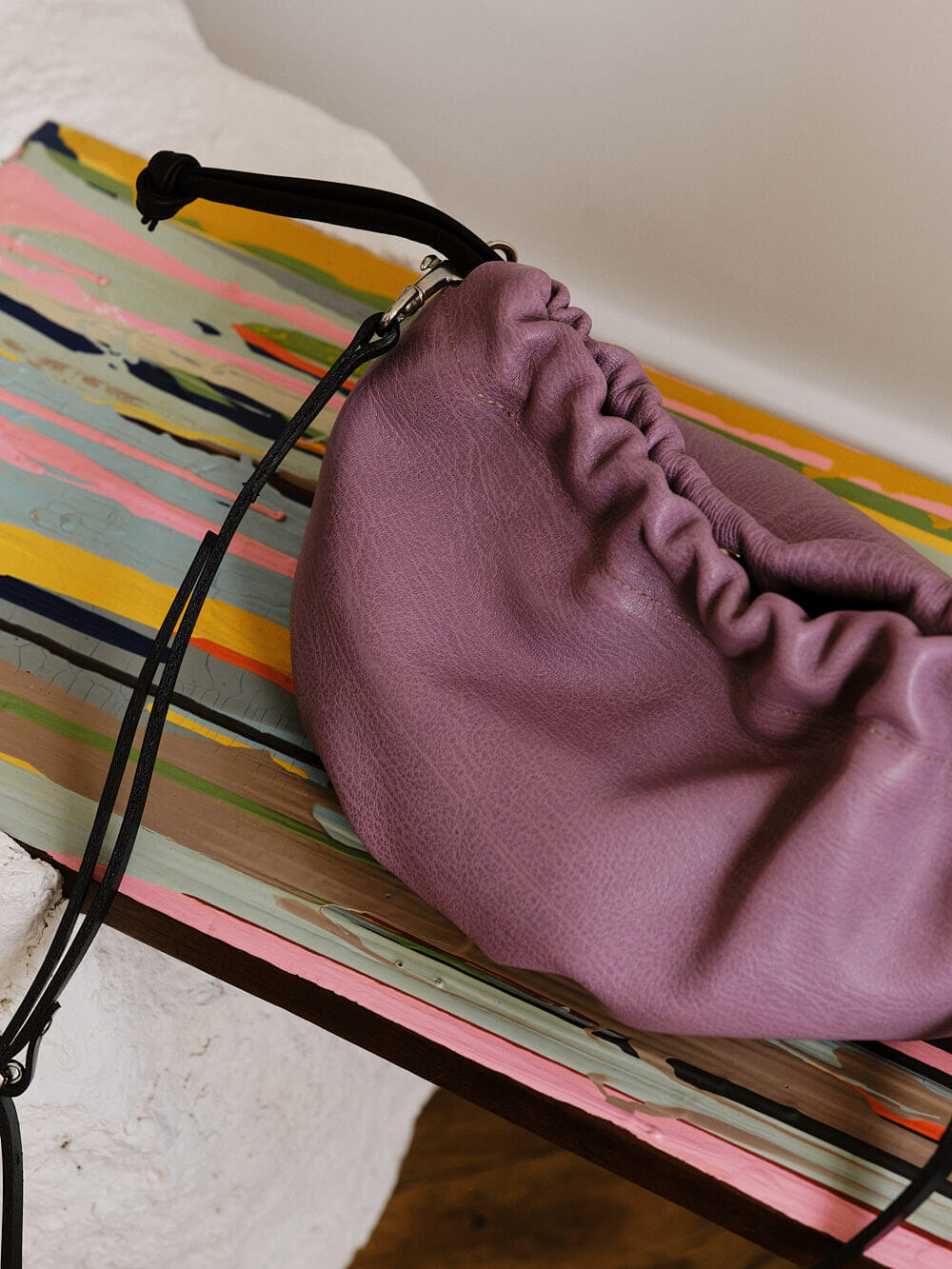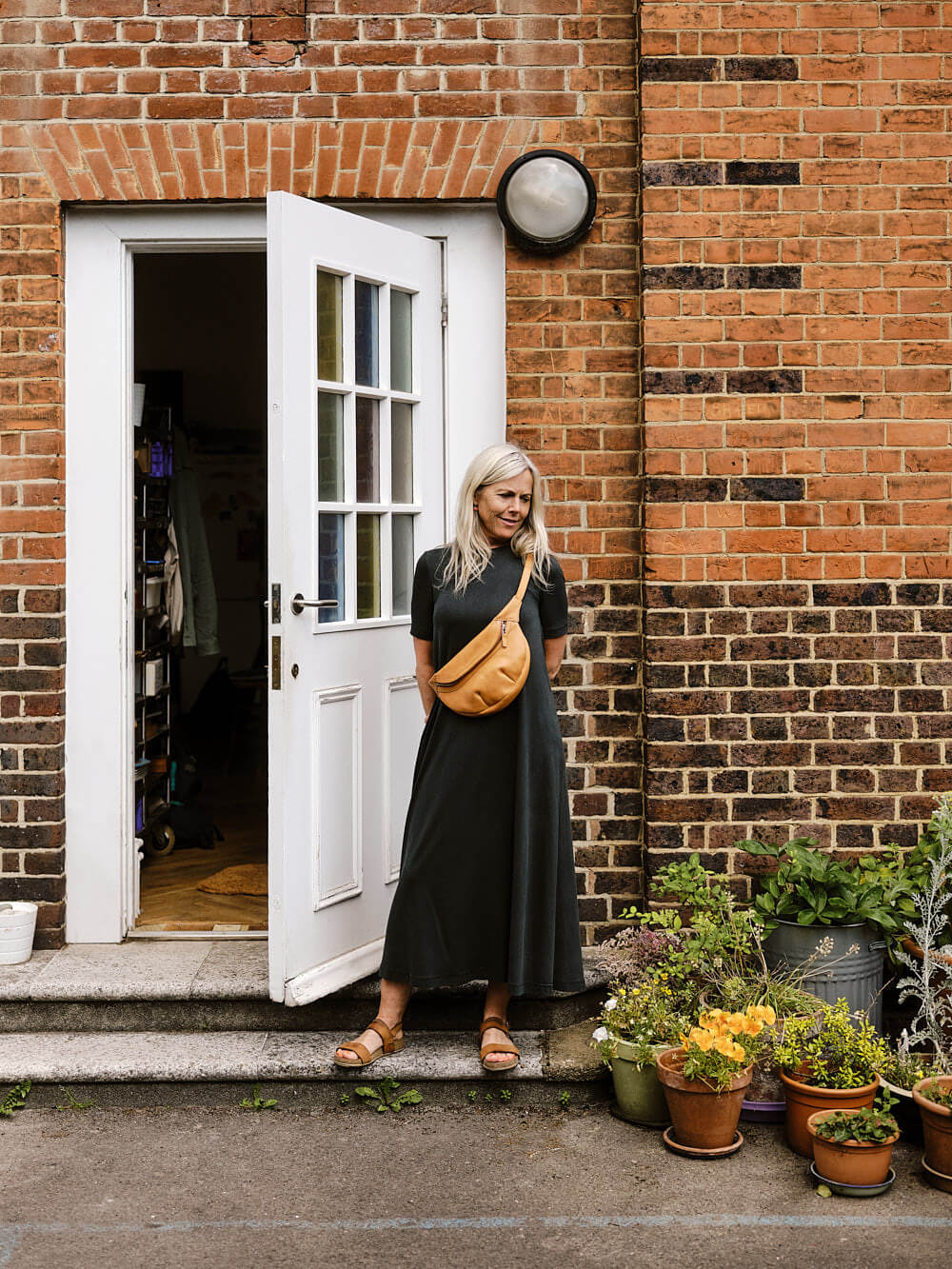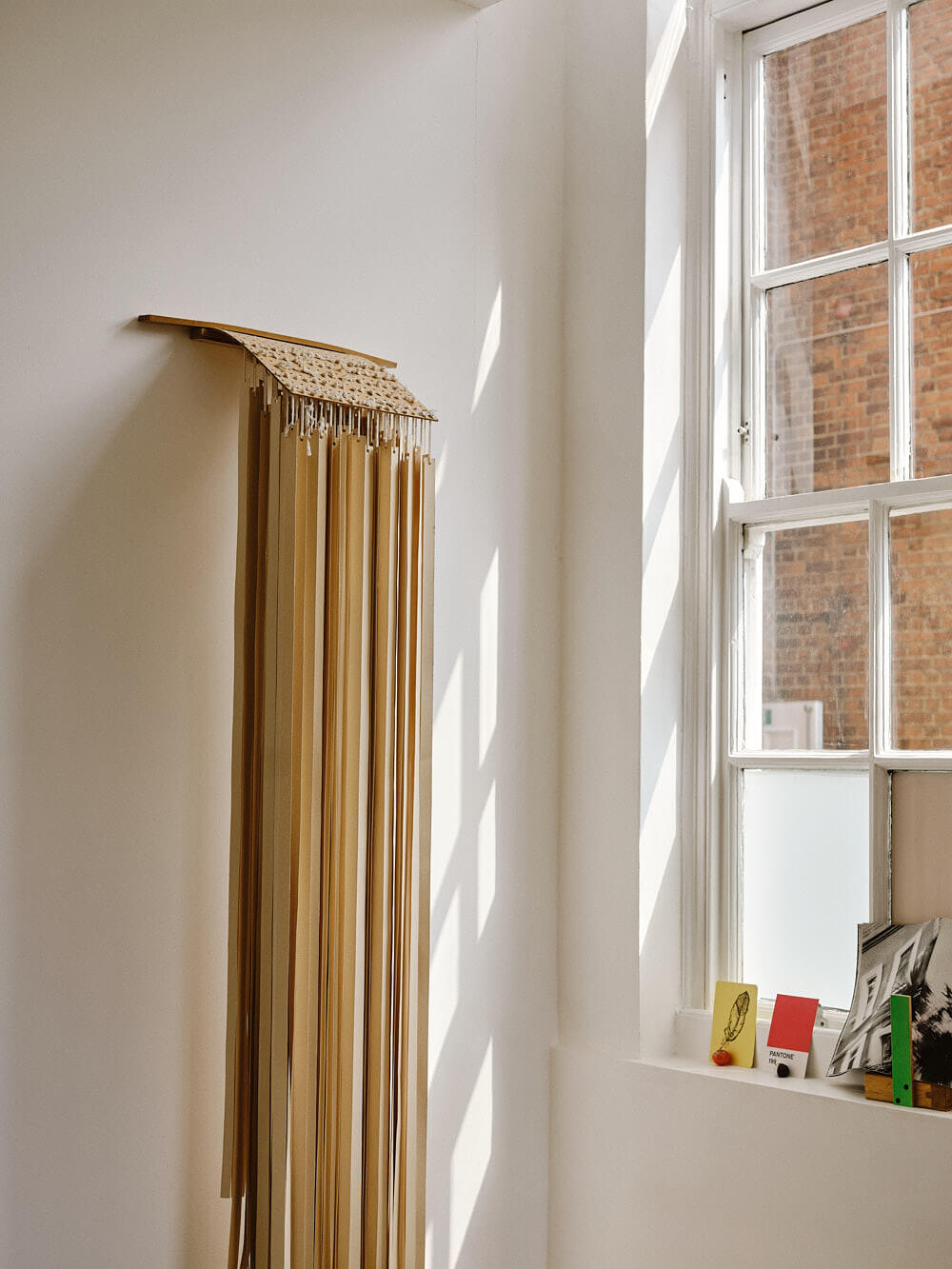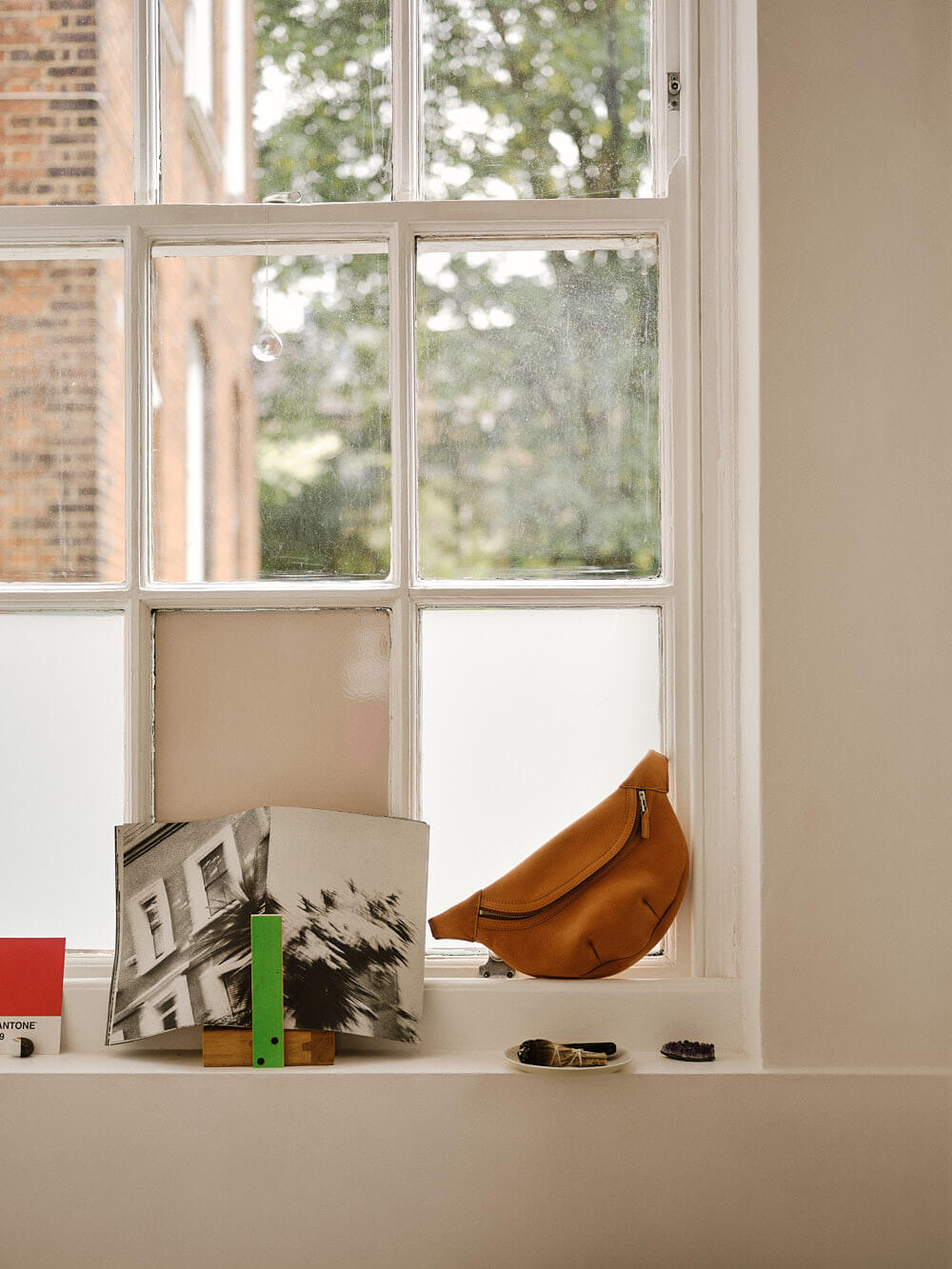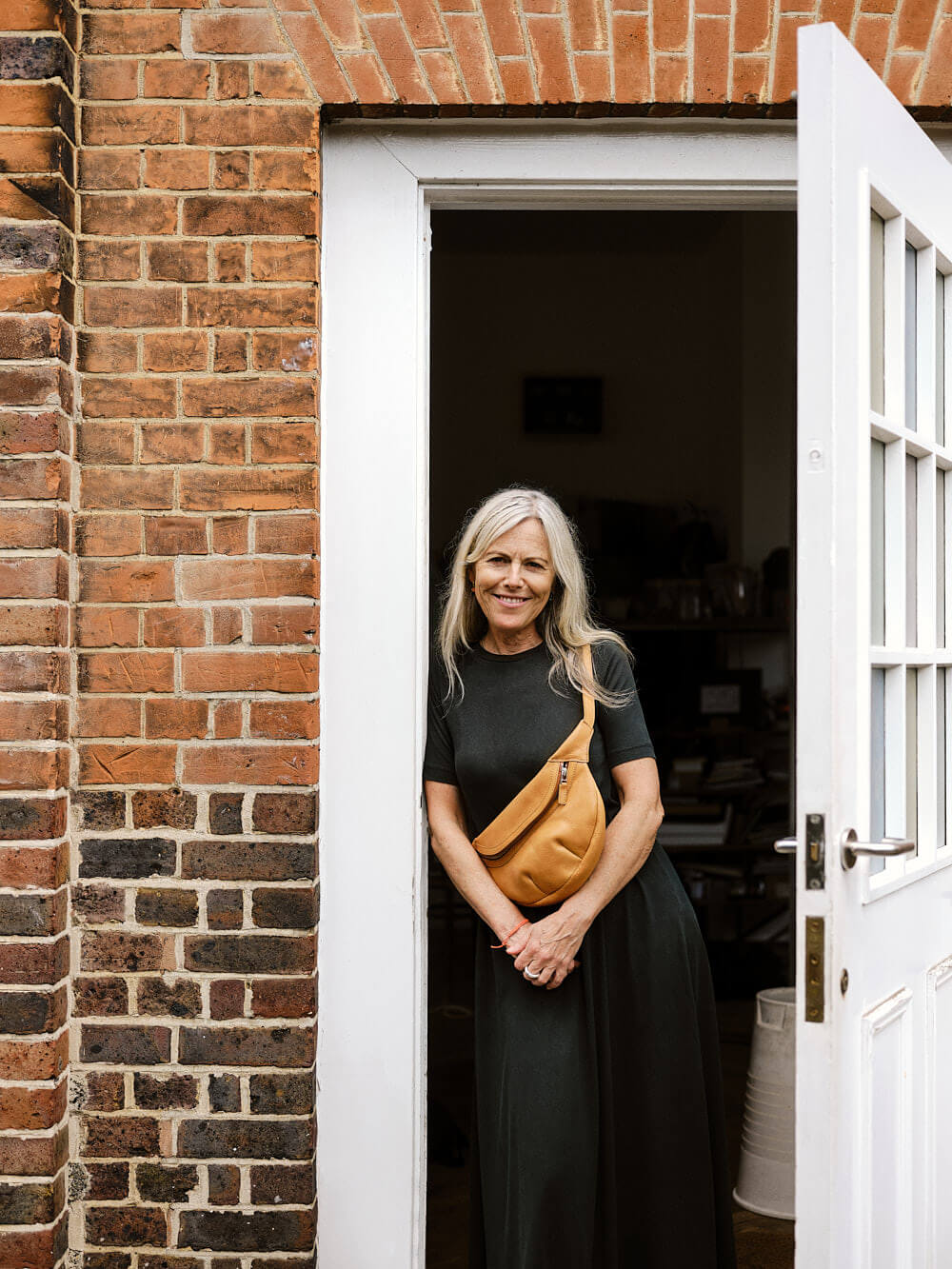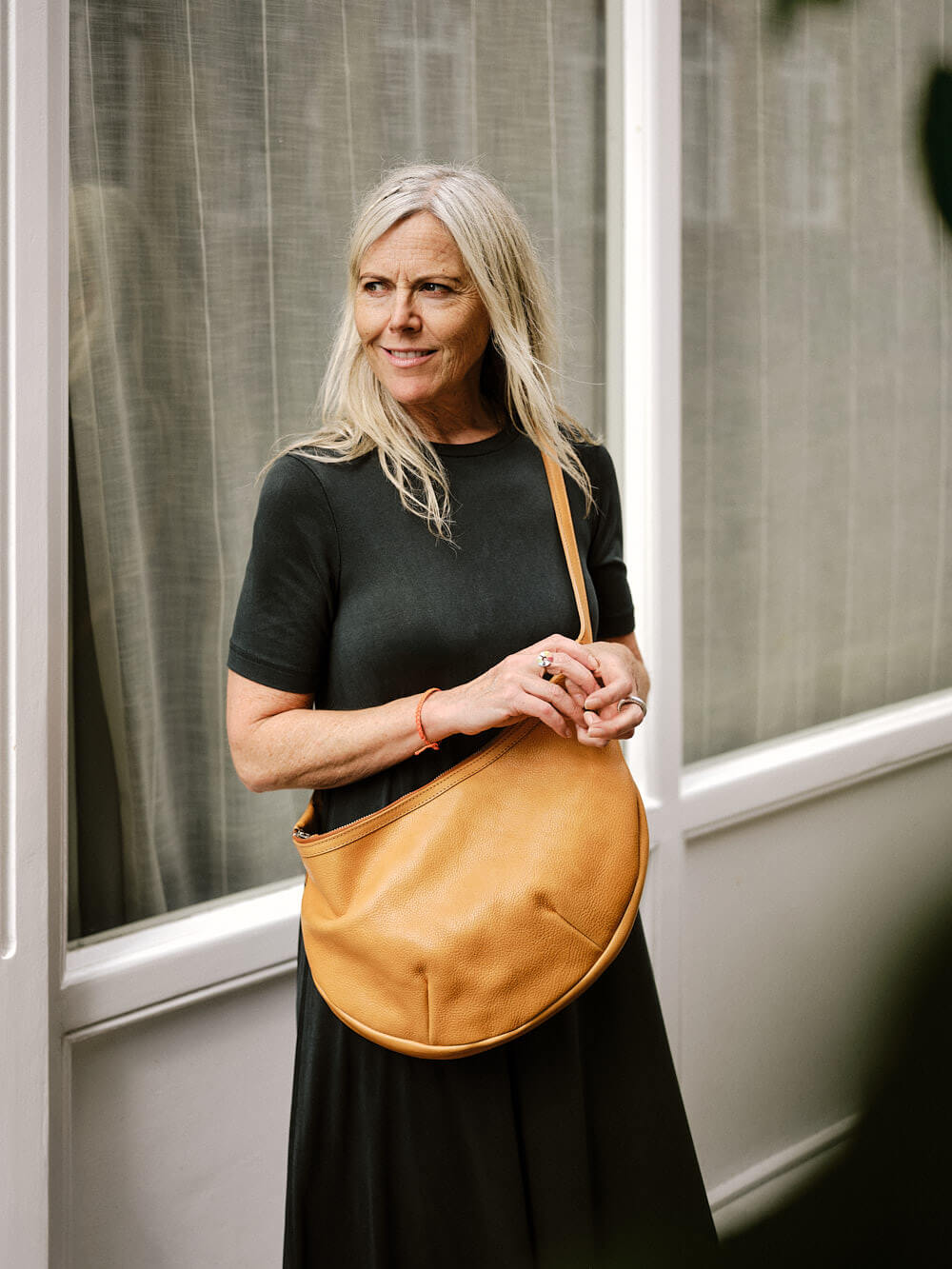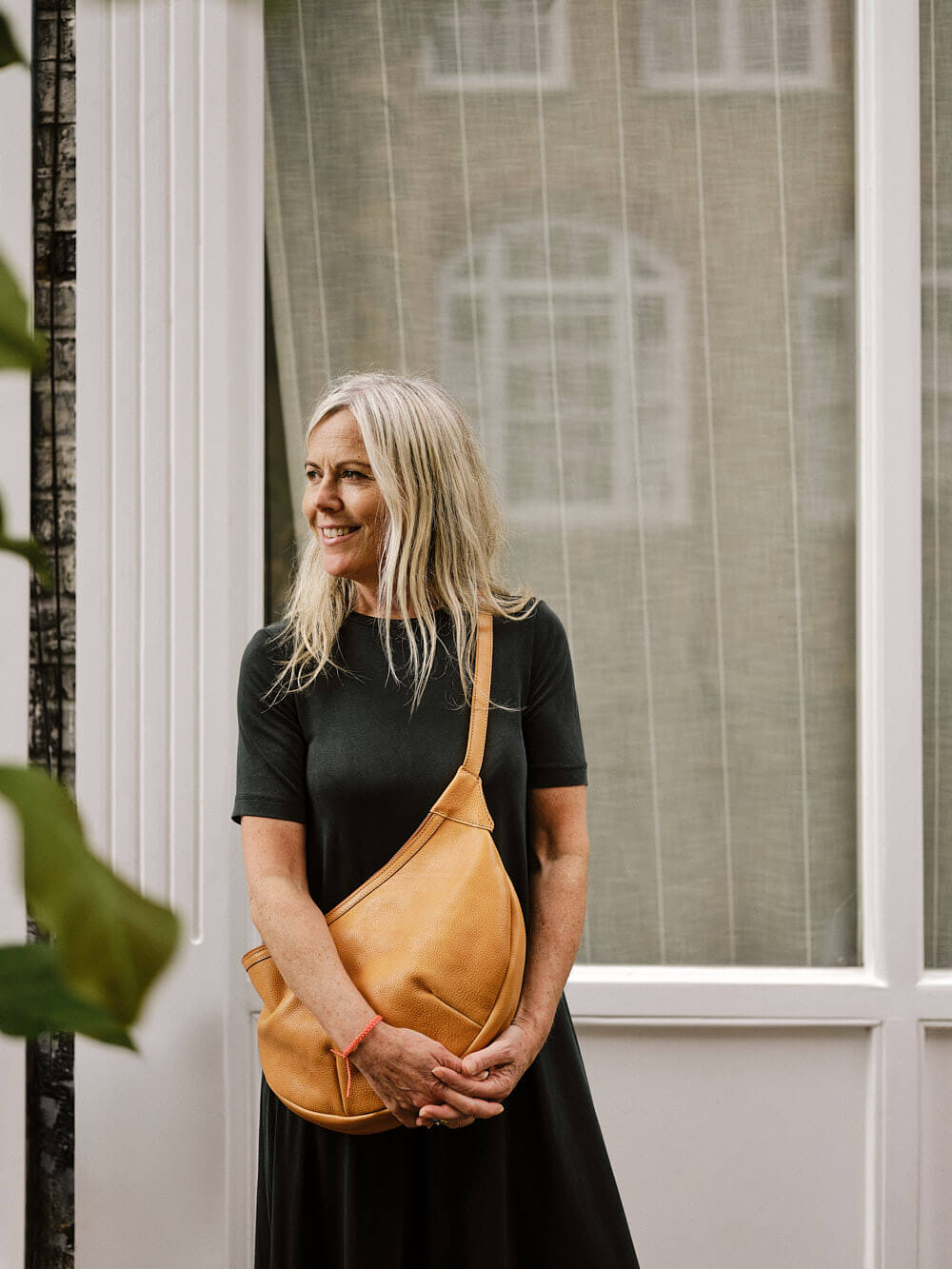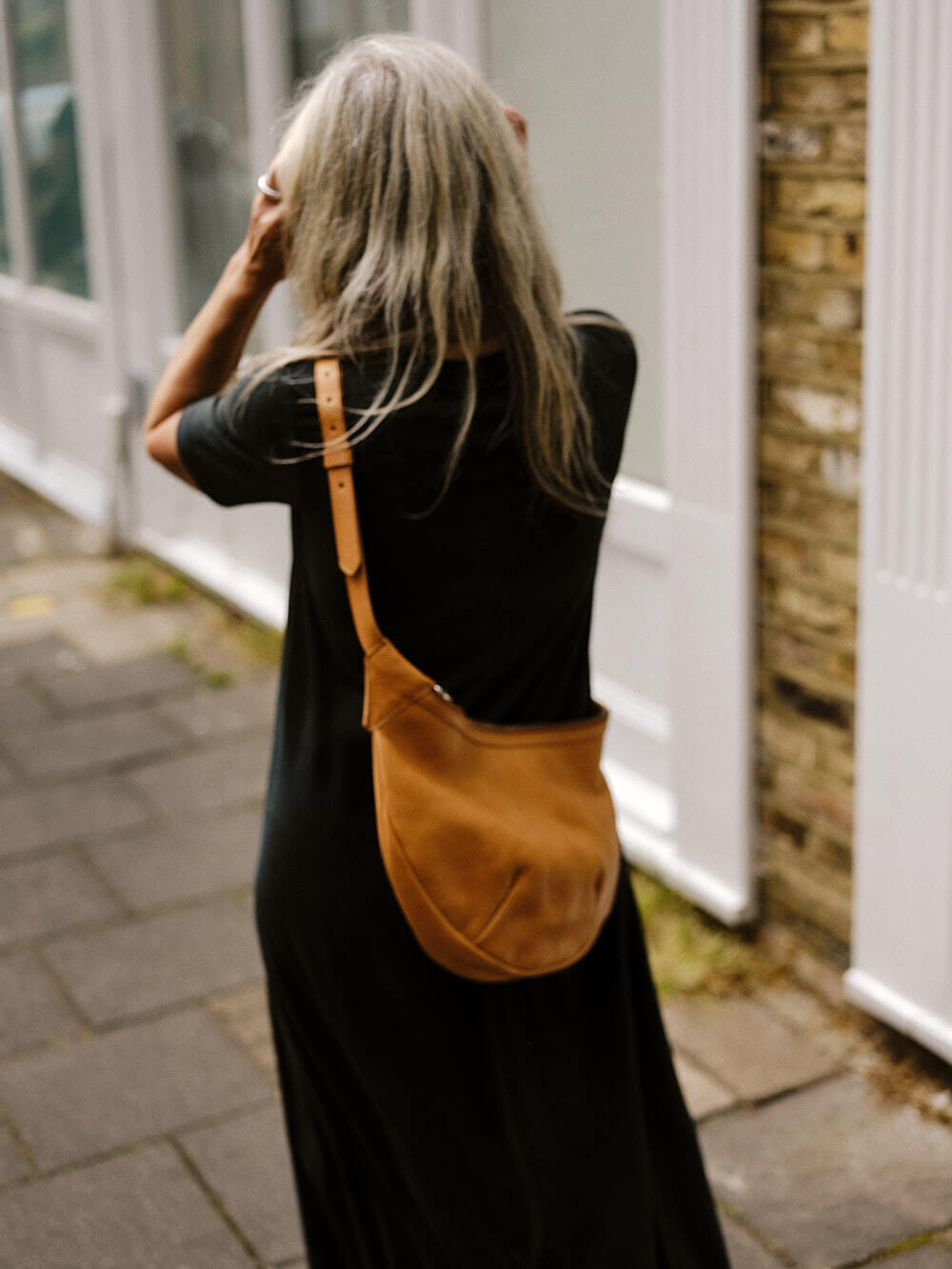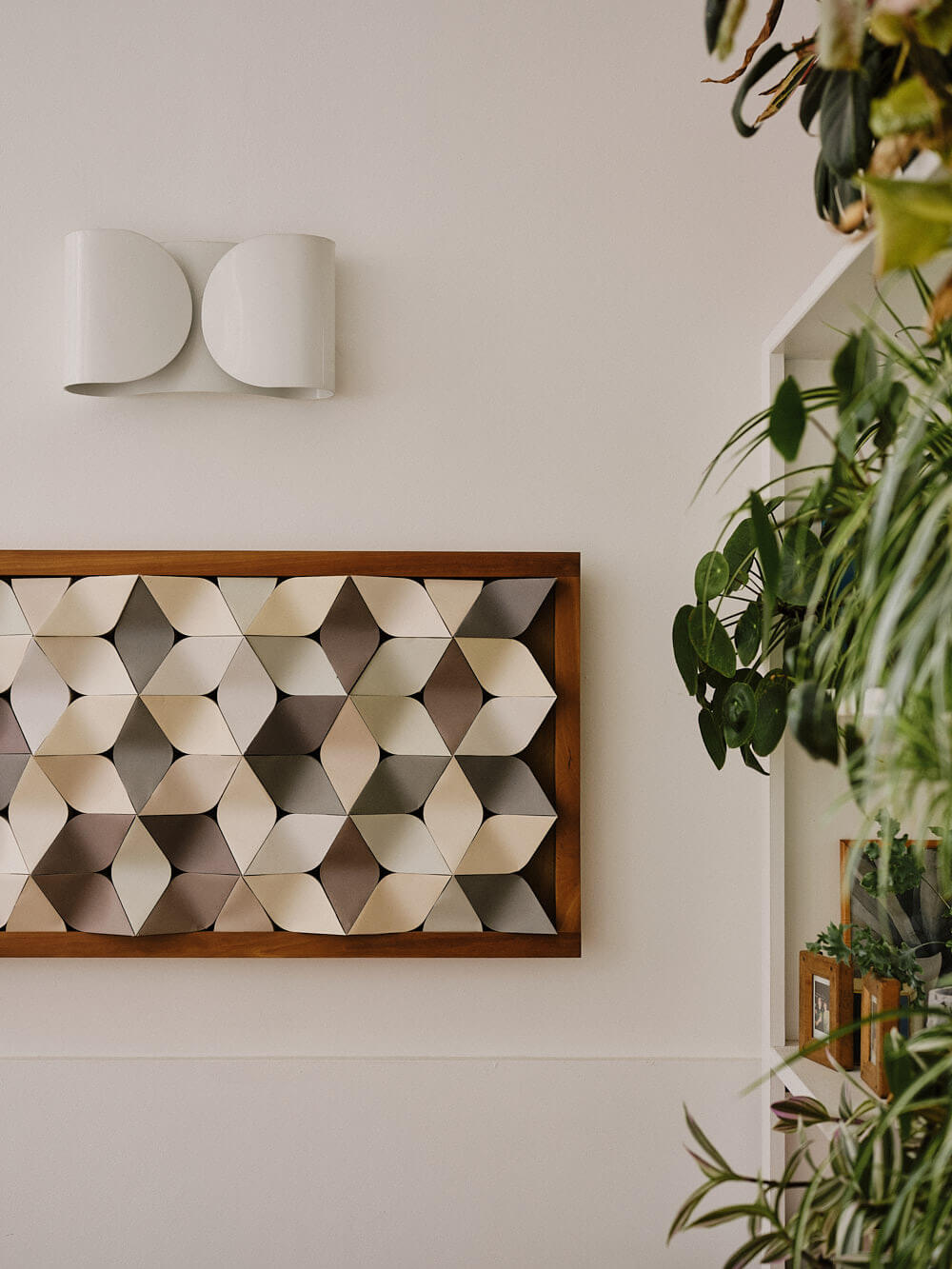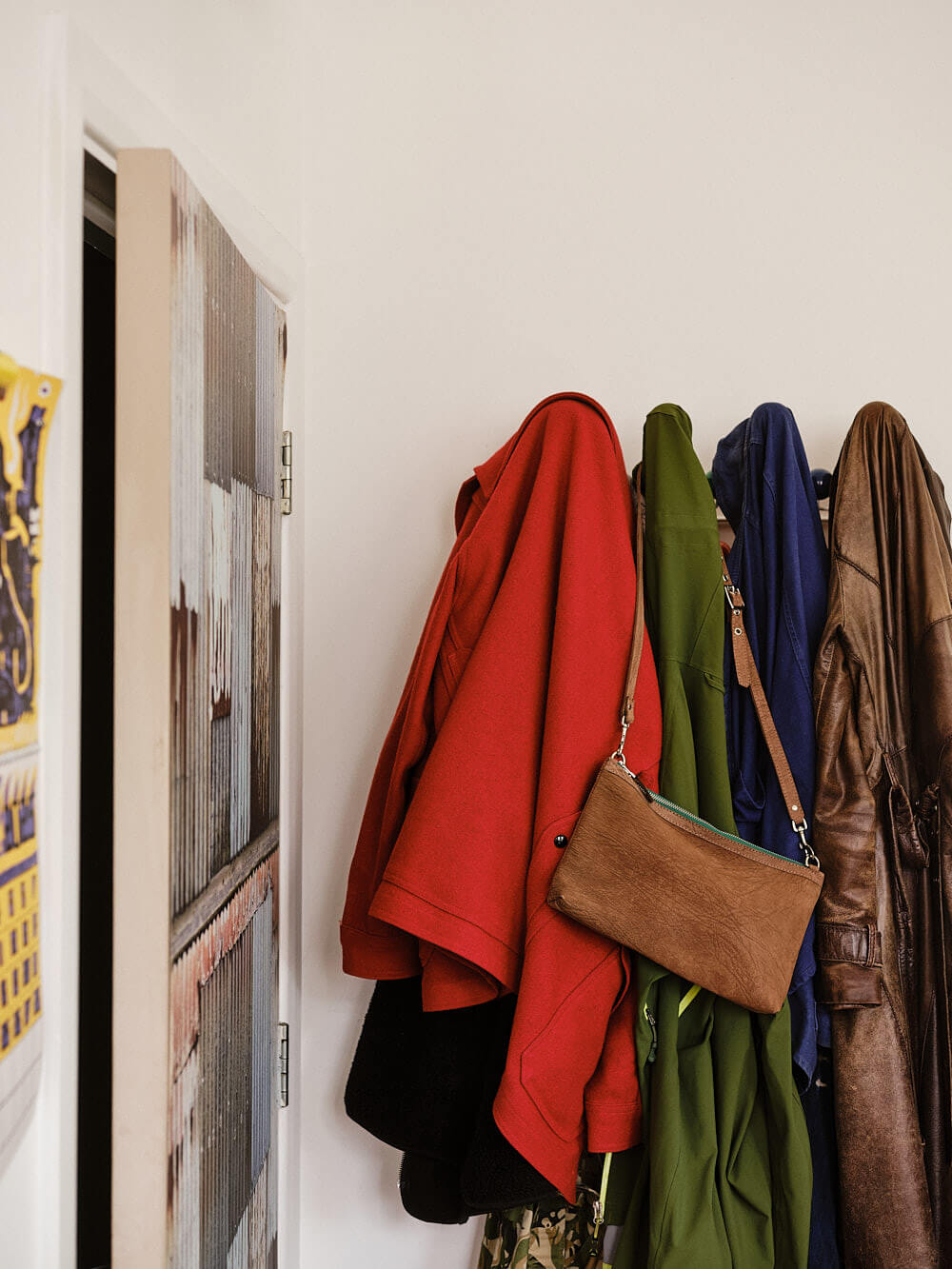Article: Worn By Ella Doran

Worn By Ella Doran
For a few years in the early 2000s I worked as Ella Doran’s assistant. This was when her photographic placemats were gracing the pages of design magazines and collaborations with the Tate Modern, Portmerion and SCP were the order of the day. Ella was in the early stages of branching into more bespoke projects, creating photographic blinds for both domestic and commercial settings, as well as installations and more art-led projects.
It was an exciting time and one which I cherish for a multitude of reasons; from Ella’s inspiring colourful and graphic sense of design, plus an introduction to the small business world and it’s challenges. I learnt so much and had a lot of fun at the same time!


